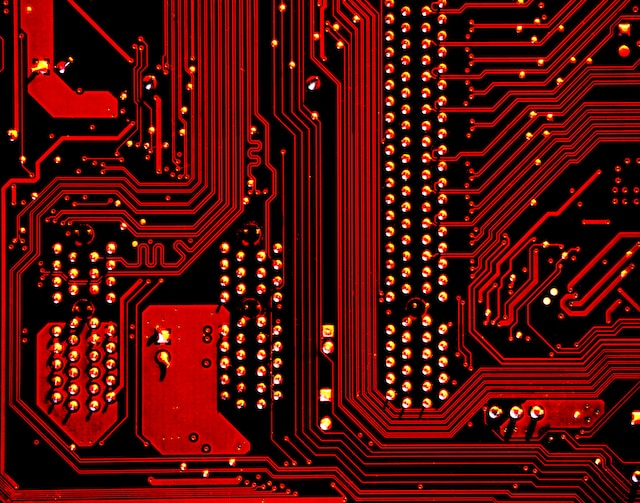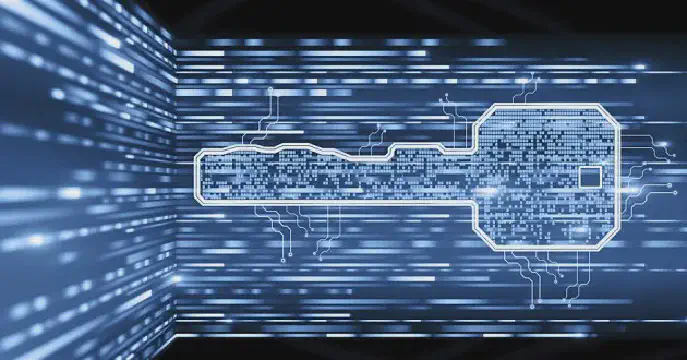Excerpt
Cyclic redundancy check (CRC) is an indispensable error detection technique used in most digital devices today. It enables reliable data transfer between devices by detecting accidental changes with very high probability. This article provides a comprehensive guide to how CRC works, its importance in device communication, implementation, benefits and limitations.
Cyclic redundancy check (CRC) is an important error detection technique used in digital data communication and storage devices. It helps ensure the integrity of data transmitted between devices or stored in memory. Let’s understand what CRC is, how it works in devices, and why it is crucial for reliable communication.
What is CRC?
CRC is a checksum algorithm that detects accidental changes or errors in raw data. The sender calculates a CRC value from the data and sends it along with the original data. The receiver then recalculates the CRC from the received data and compares it to the CRC sent by the sender. If the two values match, the data has likely been transmitted without error. If they don’t match, the receiver can request retransmission of the data.
The key benefit of CRC is detecting common errors like noise during transmission and bit flips in storage. This allows actions to be taken to correct the errors. CRC is ubiquitous in devices today - modems, hard disks, routers all use CRC.
Why is CRC Important for Devices?
For devices like routers and modems transferring large amounts of data, errors are bound to occur during transmission due to noise. Storage devices like hard disks also often have bit errors when reading data from memory. Undetected errors can have detrimental outcomes including loss of important data.
CRC provides a technique to detect such errors with very high probability, enabling the system to take steps to correct them. This makes data transfer much more reliable. That’s why CRC is so widely adopted for communication between devices.
How Does Device CRC Work?
A CRC value is calculated by treating input data as a large binary number. The binary number is divided by a predetermined “generator polynomial”. The remainder of this division is the CRC value.
For example, consider the input data 1101. Let’s use the simple polynomial x^2 + 1 as the generator. Dividing 1101 by x^2 + 1 gives a remainder of 11, which is the 2-bit CRC value for this input data.
The key properties of CRC that enable error detection are:
The CRC operation treats the input data as one whole number. So changing even one bit of the data produces a different CRC value.
The generator polynomial is chosen to make the CRC division resistant to common error patterns like single bit flips.
The specific CRC algorithm and generator polynomial vary based on required error detection capability and implementation constraints. But the basic working principle remains the same.
Below are two commonly used CRC verification tools.
CRC Calculation Process
The CRC calculation involves the following key steps:
Treat the input data as a binary number. Append 0 bits equal to the CRC width.
Divide the augmented input data by the generator polynomial using binary division.
The remainder of this division is the CRC value. Append it to the original data.
On the receiver, divide received data (including the CRC) by the generator polynomial.
If the remainder is 0, data is error-free. Otherwise, errors are detected.
Let’s look at an example CRC-8 calculation for input data 11010011:
Append 8 zero bits to make the 16-bit number
1101001100000000Use generator
x^8 + x^7 + x^4 + x^3 + x + 1. Divide augmented data by the generator.The remainder is
10011011. This 8-bit remainder is the CRC value.Transmit
11010011 10011011- original data with appended CRC.Receiver divides received data by generator. If remainder is 0, no error is detected. Else error detected.
Benefits of CRC in Devices
The key benefits of using CRC in devices are:
Error detection - With high probability detects errors like random bit flips.
Protection against noise - Provides protection against transmission errors due to noise.
End-to-end verification - As CRC is recomputed on received data, it verifies end-to-end integrity.
No acknowledgments needed - CRC eliminates overhead of acknowledgments for each packet.
Standalone operation - Arithmetic CRC can be implemented in hardware/software easily.
Integrity of data - Ensures only correct data is used for processing by detecting errors.
CRC in Different Devices
CRC is ubiquitous across different kinds of digital devices:
Storage - Hard disks, flash storage use CRC to detect and correct bit errors.
Networking - Ethernet, modems use CRC to check packets and frames.
Wireless - Bluetooth uses CRC to verify error-free transmission between devices.
Satellite - CRC encodes downlink telemetry data to check for space radiation errors.
Automotive - CAN bus uses CRC to enable ECUs to detect faulty messages.
This demonstrates the versatility and widespread use of CRCs in protecting integrity of data.
Limitations of CRC
However, CRC has some drawbacks:
Burst errors - Not effective in detecting burst errors spanning multiple bits.
Malicious errors - Not resilient against a malicious attacker deliberately introducing errors to corrupt data.
Checksum collisions - It is possible, though unlikely, for different input data to generate the same CRC value.
Error correction - CRC can only detect but not correct errors. For correction, techniques like forward error correction are required.
Conclusion
In conclusion, CRC is an indispensable error detection technique used in most digital devices today. It enables reliable data transfer between devices by detecting accidental changes with very high probability. Using CRCs to verify integrity of data helps build robust systems that can take action when errors are detected. The ubiquity of CRC across different applications demonstrates how crucial it is for device communication reliability.















